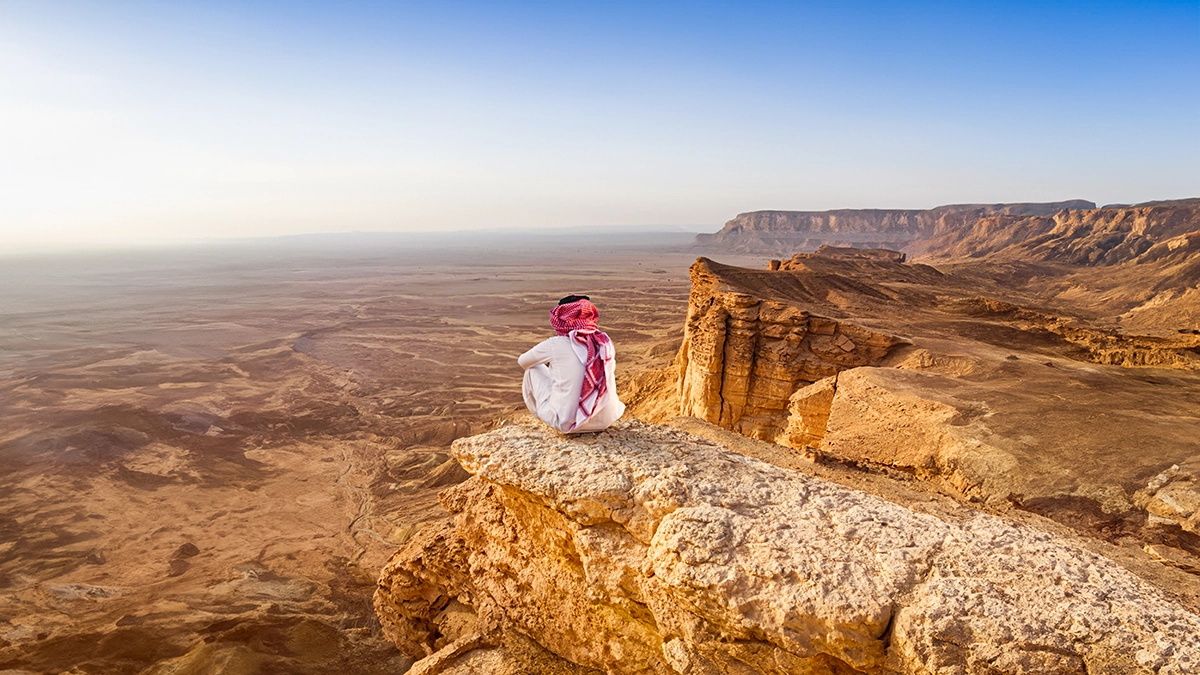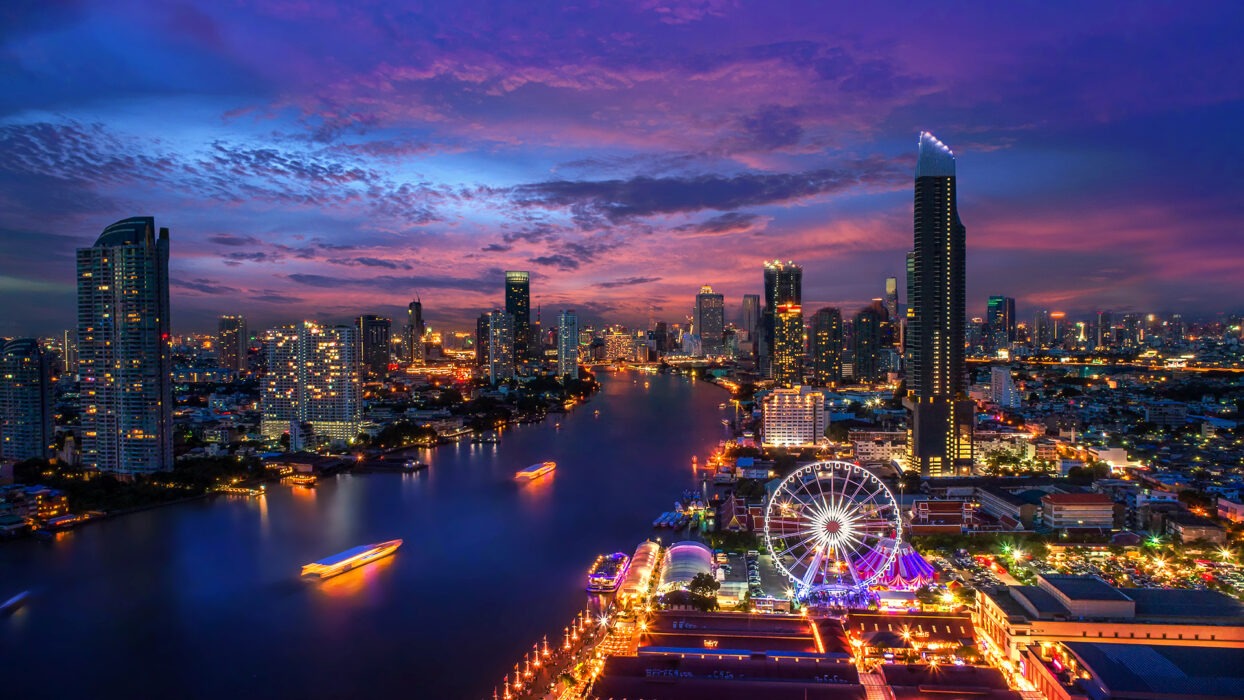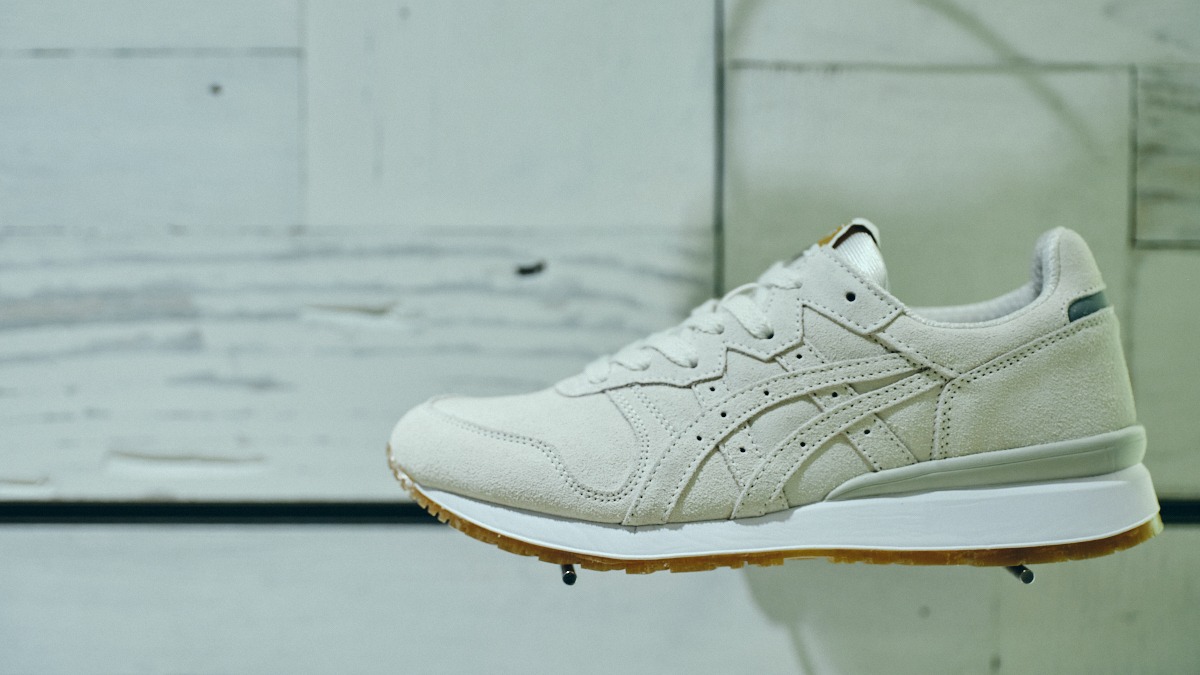Introduction
Welcome to the heart of Bangkok, where the stunning Grand Palace stands as a shimmering beacon of Thailand’s rich cultural heritage! This magnificent complex, once the royal residence of the Kings of Siam, is more than just a historical site; it’s a treasure trove of art, architecture, and spirituality. With its intricate designs and vibrant history, the Grand Palace is a must-visit for anyone exploring the bustling streets of Bangkok. Whether you’re a history buff, an architecture enthusiast, or just looking for that perfect Instagram shot, this iconic landmark promises an unforgettable experience.
Discover the Grand Palace: A Treasure Trove of Fun Facts
Ready to uncover some fascinating tidbits about the Bangkok Grand Palace? This majestic site is filled with stories and secrets that many visitors overlook. From its construction in 1782 to the countless ceremonies that have taken place within its walls, the Grand Palace is a living testament to Thai culture and history. So, buckle up as we explore some of the most intriguing Bangkok Grand Palace facts that will make you want to pack your bags and head straight to this cultural gem!
Architectural Marvels of the Grand Palace
As you stroll through the Grand Palace, you’ll find yourself surrounded by stunning architecture that beautifully blends Thai and European styles. This unique fusion is a reflection of the kingdom’s history and its interactions with foreign cultures. Let’s take a closer look at some of the standout features of this architectural wonder!
The Blend of Thai and European Architectural Styles
The Grand Palace is a feast for the eyes, showcasing a harmonious mix of traditional Thai architecture and Western influences. The intricate details of the roofs, adorned with golden spires, are quintessentially Thai, while the grand columns and expansive courtyards echo European designs. This delightful combination creates a visual spectacle that transports you back in time to the era of kings and queens.
Iconic Structures Within the Palace Complex
Within the walls of the Grand Palace, you’ll encounter several iconic structures, each with its own story to tell. The Outer Court is home to the majestic Chakri Mahaprasad Hall, where royal ceremonies were once held. Meanwhile, the Inner Court features the elegant Phra Maha Monthien, showcasing the beauty of Thai craftsmanship. Don’t forget to wander through the lush gardens that provide a serene escape from the city’s hustle and bustle!
The Significance of the Emerald Buddha Temple
No visit to the Grand Palace is complete without paying homage to the Emerald Buddha Temple, or Wat Phra Kaew. This revered temple houses the Emerald Buddha, a highly sacred statue that is considered the protector of Thailand. The temple’s stunning architecture and vibrant murals depict scenes from Thai mythology and history, making it a must-see for anyone wanting to delve deeper into Thai culture. The temple is not just a sight to behold; it’s a spiritual center that plays a significant role in the lives of the Thai people.
The Grand Palace’s Rich History: From Royal Residence to Cultural Icon
The Grand Palace isn’t just a pretty face; it’s steeped in history that dates back to its establishment in 1782. Originally built by King Rama I, it served as the royal residence and the administrative center of the kingdom. Over the years, it has witnessed countless historical events, making it a cornerstone of Thai heritage.
The Establishment of the Grand Palace in 1782
Picture this: the year is 1782, and King Rama I is moving the capital from Thonburi to Bangkok. He decides to build a palace that would symbolize the power and grandeur of the new kingdom. The result? The Grand Palace! Its strategic location along the Chao Phraya River not only provided a majestic backdrop but also served as a vital hub for trade and diplomacy.
Key Historical Events Associated with the Palace
Throughout its history, the Grand Palace has been the backdrop for many significant events. From royal coronations to state banquets, this stunning complex has hosted it all. One of the most notable events was the coronation of King Rama X in 2019, which brought together thousands of people to celebrate the rich traditions of the Thai monarchy.
The Evolution of Its Use Over Time
While the Grand Palace was once the primary residence of the Thai royal family, it has transformed over the years. Today, it serves as a museum and a cultural site, attracting millions of visitors each year. Its role has evolved, but its significance remains as strong as ever, making it one of the most important cultural landmarks in Bangkok.
Dress to Impress: Understanding the Grand Palace Dress Code
Visiting the Grand Palace is not just about soaking in the sights; it’s also about dressing the part! The palace has a dress code that visitors must adhere to, ensuring that everyone shows respect for this sacred site. Here’s what you need to know to look fabulous while following the rules!
What to Wear and What to Avoid
When planning your outfit for the Grand Palace, think modesty and elegance. For women, this means wearing a dress or skirt that covers your knees, along with a blouse that has sleeves. If you prefer pants, opt for long trousers paired with a top that’s not too revealing. Men should go for long trousers and a collared shirt. Avoid shorts, sleeveless tops, and flip-flops—these are a no-go!
Tips for Those Who May Not Have Appropriate Attire
Don’t fret if you arrive at the Grand Palace and realize you’re not dressed appropriately. There are options! Many vendors nearby offer rental clothing that meets the dress code. You can find sarongs or wraps that are both stylish and compliant. Just remember, it’s all about respecting the cultural significance of this beautiful landmark.
Visitor Information: Essential Tips for Exploring the Grand Palace
Now that you know how to dress, let’s talk about the nitty-gritty details to make your visit smooth and enjoyable! The Grand Palace can get quite busy, so having a game plan is key.
Opening Hours and Best Times to Visit
The Grand Palace is open daily from 8:30 AM to 3:30 PM. To avoid the crowds, try to arrive early in the morning or later in the afternoon. The golden spires look particularly stunning during the golden hour, so plan your visit accordingly!
Ticket Prices and Purchasing Options
Admission to the Grand Palace costs around 500 THB, which includes access to the Emerald Buddha Temple. You can buy tickets at the entrance, but it’s a good idea to check if there are any online booking options available to skip the lines. Keep an eye out for special promotions or guided tours that might enhance your experience!
Accessibility Information for Visitors with Disabilities
The Grand Palace strives to be accessible for all visitors. Wheelchair ramps are available, and staff members are ready to assist if needed. However, some areas may have uneven surfaces, so it’s wise to plan ahead if you require additional support.
Capturing the Beauty: Grand Palace Photography Tips
For all the photography enthusiasts out there, the Grand Palace is a dream come true! With its stunning architecture and vibrant colors, you’ll want to capture every moment. Here are some tips to help you get the best shots!
Scenic Viewpoints and Angles
One of the best spots for a panoramic view of the Grand Palace is from the outer walls. You’ll be able to capture the intricate details of the architecture against the backdrop of the sky. Don’t forget to explore the gardens, where you can find unique angles that frame the palace beautifully!
Best Times of Day for Photography
The early morning light is fantastic for photography, as it casts a warm glow over the palace. Late afternoons are also ideal, especially around sunset when the golden light enhances the palace’s beauty. Just be mindful of the crowds during peak hours!
Tips for Capturing the Palace’s Architectural Details
When photographing the intricate details, try using a zoom lens to capture the ornate decorations on the buildings. Close-ups of the Emerald Buddha Temple’s murals will give you a sense of the artistry involved. Remember to experiment with different perspectives—get low to the ground or find a higher vantage point!
Cultural Significance: The Grand Palace in Thai Society
The Grand Palace is more than just a stunning landmark; it’s a vital part of Thai culture and history. Understanding its significance will deepen your appreciation of this magnificent site.
Major Ceremonies Held at the Grand Palace
The Grand Palace has been the site of many important ceremonies, including royal coronations and state visits. These events are steeped in tradition and showcase the rich cultural heritage of Thailand. If you’re lucky, you might witness a ceremony during your visit!
The Palace as a Symbol of Thai Identity
For many Thais, the Grand Palace represents the heart of the nation. It’s a place of pride and reverence, embodying the spirit of Thailand. Visitors are encouraged to respect this significance and engage with the palace’s history during their visit.
Fun Facts About the Grand Palace That Will Surprise You
Ready to impress your friends with some fun trivia? Here are some quirky and lesser-known facts about the Grand Palace that will surely pique your interest!
- Did you know? The Grand Palace was originally built to house the royal family, but they moved to Chitralada Palace in the 1900s!
- The Emerald Buddha, housed in Wat Phra Kaew, is not actually made of emerald but of jade!
- There are over 100 buildings within the palace complex, each with its own unique architectural style!
- The palace complex covers an area of over 218,000 square meters—plenty of space to explore!
- During the rainy season, the palace’s gardens transform into a lush green paradise, making it a photographer’s dream!
Nearby Attractions: Expanding Your Bangkok Experience
Once you’ve soaked in the beauty of the Grand Palace, why not explore some nearby attractions? Bangkok is brimming with cultural landmarks and exciting activities that complement your visit!
Other Cultural Landmarks in the Area
Just a short walk from the Grand Palace, you’ll find Wat Pho, home to the famous Reclining Buddha. This temple is a must-see and offers a fascinating glimpse into Thai Buddhism. Another nearby gem is Wat Arun, known as the Temple of Dawn, which boasts stunning riverside views and impressive architecture.
Recommendations for Dining and Shopping
After exploring the cultural sites, treat yourself to some delicious Thai cuisine! Head to the nearby Tha Tien Market for authentic street food, or enjoy a meal at one of the riverside restaurants with a view of Wat Arun. For shopping, the nearby Khao San Road is bustling with shops offering everything from souvenirs to trendy apparel.
Travel Tips for a Memorable Visit to the Grand Palace
To wrap up your Grand Palace adventure, here are some handy travel tips to ensure your visit is as enjoyable as possible!
Transportation Options to the Palace
Getting to the Grand Palace is easy! You can take the BTS Skytrain to Saphan Taksin and then hop on a riverboat to Tha Chang Pier, which is just a stone’s throw from the palace. Alternatively, taxis and tuk-tuks are widely available, but be sure to agree on a fare before hopping in!
Safety and Health Guidelines for Tourists
While the Grand Palace is generally safe, it’s wise to keep an eye on your belongings, especially in crowded areas. Stay hydrated, wear sunscreen, and take breaks in the shade to beat the Bangkok heat!
Commonly Asked Questions About the Grand Palace
Got some questions about your upcoming visit? Here are answers to some of the most commonly asked questions!
What should I wear?
As mentioned earlier, modest attire is required. Make sure to cover your shoulders and knees to gain entry!
Are there guided tours available?
Yes! Guided tours are offered at the Grand Palace, providing valuable insights into the history and architecture of the site. It’s a great way to enhance your visit!
Can I take photos inside the temple?
Photography is allowed in most areas of the Grand Palace, but be sure to check for signs indicating restrictions, especially in sacred spaces like the Emerald Buddha Temple.
With all this information at your fingertips, you’re ready to experience the magic of the Grand Palace! From its stunning architecture to its rich history, this cultural landmark promises an unforgettable adventure. So pack your bags, put on your best outfit, and get ready to explore one of Bangkok’s most iconic sites!





















